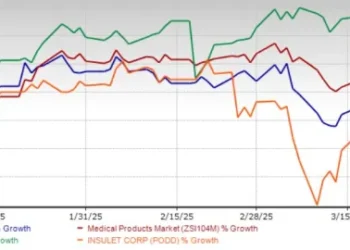The White House released a brief but definitive medical report on Sunday morning declaring that former President Donald Trump “exhibits excellent cognitive and physical health and is fully fit.” The report, issued by Capt. Sean Barbabella, the current White House physician, followed Trump’s annual physical at Walter Reed National Military Medical Center on Friday.
In an election season defined by age, acuity, and actuarial calculations, the timing of this three-page assessment was not accidental. As Trump continues his campaign to reclaim the Oval Office, his physical and cognitive condition has become both a political talking point and a media fixation.
Barbabella’s statement, while medically straightforward, is politically freighted. “President Trump is a 78-year-old male who completed a thorough physical exam,” the report reads. “His lab results are within normal limits. He exhibits excellent cognitive function and maintains a healthy, active lifestyle consistent with his age and duties.”
The physician also noted that Trump’s cardiovascular health remains stable, and he does not require any changes to his current medications. In sum: no red flags, no new diagnoses, and no cause for concern.
The Politics of Presidential Vital Signs
Historically, presidential health reports have straddled a peculiar line between public necessity and personal privacy. FDR concealed his paralysis. JFK’s Addison’s disease was cloaked in euphemism. In more recent decades, Ronald Reagan’s cognitive decline and Donald Trump’s diet and weight have all sparked calls for greater transparency.
Yet the Trump era has redefined that expectation. In 2018, Dr. Ronny Jackson—then Trump’s White House physician—famously declared the president could live “to be 200 years old” if he improved his diet. That statement, equal parts medical and theatrical, set a tone of performative health assessments rather than sober medical disclosure.
Barbabella’s current report appears more restrained, even clinical, but it still lacks the depth some experts consider necessary to meaningfully inform voters. There is no mention of imaging studies, cognitive testing protocols, or comparative metrics. Instead, the report offers high-level assurances without granular detail—a tactic not unique to this administration.
Perception vs. Precision
Supporters of the former president welcomed the news, pointing to Trump’s energy on the campaign trail as anecdotal proof of his stamina. “He’s sharper than anyone else in the race,” said one aide. “This just confirms what we already knew.”
But medical professionals and transparency advocates argue that the minimalist format of presidential health reports—especially in an age of gerontocracy—underserves the electorate. “We wouldn’t accept a three-page summary for a commercial pilot or a CEO of a major corporation,” said Dr. Miriam Galvez, a public health physician and ethics consultant. “Why should we accept it from a man who controls nuclear codes?”
Indeed, as both major party frontrunners in 2024 edge toward or surpass 80 years old, the conversation around medical disclosure is intensifying. Voters are not just choosing ideologies—they are choosing bodies and brains that must endure the rigors of global diplomacy, national crisis, and relentless public scrutiny.
Where Do We Go From Here?
The broader question, then, is not whether Donald Trump is healthy enough to campaign. It is whether the American system has evolved sufficiently to demand and enforce more rigorous disclosure standards for those seeking the nation’s highest office.
Barbabella’s report may be factually sound. But in the absence of independent review or standardized benchmarks, its conclusions will inevitably be filtered through partisan lenses—lauded by loyalists, dismissed by skeptics.
Until a more institutionalized approach to presidential medical transparency is developed, each report, no matter how thorough or sparse, will be less a clinical document and more a political Rorschach test.














